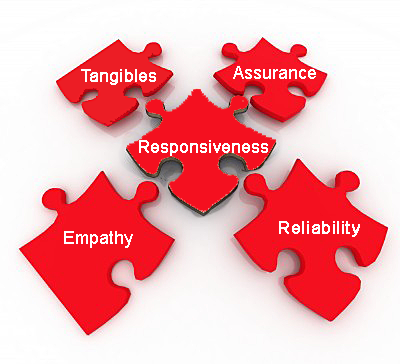 In this blog, we will consider what we can do to transform the service experience by demonstrating our responsiveness. Responsiveness shows our competence and this creates Assurance. Responsiveness shows that we are Reliable and demonstrates that we have Empathy for our customers.
In this blog, we will consider what we can do to transform the service experience by demonstrating our responsiveness. Responsiveness shows our competence and this creates Assurance. Responsiveness shows that we are Reliable and demonstrates that we have Empathy for our customers.
Recall that the name RATER[1] is an acronym with each letter representing the first letter of one of the five key dimensions of service quality. They are:
R eliability: Our ability to provide what is promised, dependably and accurately
A ssurance: Our knowledge and courtesy, and our ability to convey trust and confidence
T angibles: Our physical facilities and equipment, and our appearance
E mpathy: The degree of caring and individual attention we provide to customers
Responsiveness: Our willingness to help customers and provide prompt service
To demonstrate responsiveness, consider what your team can do to demonstrate responsiveness through every customer touch point. For example, does everyone on your team know that responsiveness means being accessible? Do they understand the importance of getting back to the customer in a reasonable amount of time? Are they aware of what accounts for “reasonable” when getting back to customers, colleagues and suppliers?
Read more
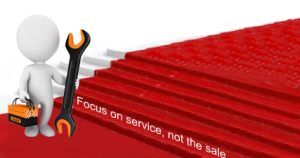 If you are interested in creating a proactive service® focus for your field service technicians, the first step is to focus on the service, not the sale. This is more than just semantics, it is a mindset that deals with the very heart of what we want our technicians to do.
If you are interested in creating a proactive service® focus for your field service technicians, the first step is to focus on the service, not the sale. This is more than just semantics, it is a mindset that deals with the very heart of what we want our technicians to do.
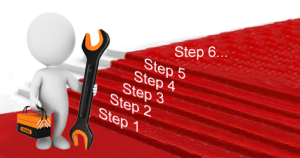 Creating a Proactive Service® culture throughout your service team is one of the most effective ways that a service company can grow their business and create a distinctive competitive advantage. By Proactive Service®, we mean a technical service team that is engaged not only in maintaining and fixing equipment to the highest levels, but in actively looking for ways that their firms can help their customer meet their own business goals. It is proactive because the technician takes the initiative to identify opportunities to help and proactively addresses these with the customer.
Creating a Proactive Service® culture throughout your service team is one of the most effective ways that a service company can grow their business and create a distinctive competitive advantage. By Proactive Service®, we mean a technical service team that is engaged not only in maintaining and fixing equipment to the highest levels, but in actively looking for ways that their firms can help their customer meet their own business goals. It is proactive because the technician takes the initiative to identify opportunities to help and proactively addresses these with the customer.  Think that your employees are empowered to deliver an exceptional customer experience? Don’t bank on it. Your policies may be letting you down. I learned this lesson recently during a trip to a bank. It was a Saturday afternoon and I was off to the UK on business on an early morning flight on Monday. To my dismay, I realized that I did not have any British currency. No problem, I reasoned, I just need to go to the bank.
Think that your employees are empowered to deliver an exceptional customer experience? Don’t bank on it. Your policies may be letting you down. I learned this lesson recently during a trip to a bank. It was a Saturday afternoon and I was off to the UK on business on an early morning flight on Monday. To my dismay, I realized that I did not have any British currency. No problem, I reasoned, I just need to go to the bank. In this blog, we will consider what we can do to transform the service experience by demonstrating our responsiveness. Responsiveness shows our competence and this creates
In this blog, we will consider what we can do to transform the service experience by demonstrating our responsiveness. Responsiveness shows our competence and this creates  In my
In my 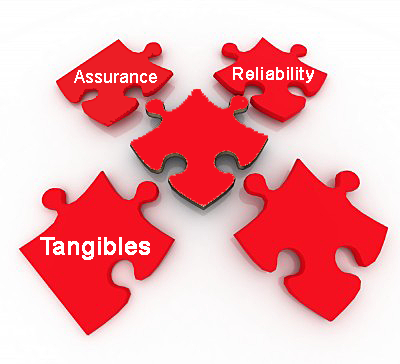 In my previous blog in this series, we discussed how to
In my previous blog in this series, we discussed how to 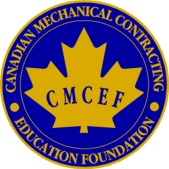 The next and final webinar in the CMCEF Webinar Series is called Maintaining the Service Experience and will take place on Tuesday, February 26th, 2013. On February 12th, 2013, I presented the second webinar in the Transforming the Service Experience series hosted by the Canadian Mechanical Contractors Education Foundation. The Webinar was called Creating the Service Experience. In the webinar, we considered the five key hurdles to successfully engaging our technicians in activities to transform the service experience resulting in more revenues and higher customer satisfaction and retention. The hurdles that can prevent our technicians from doing what we would like them to do are:
The next and final webinar in the CMCEF Webinar Series is called Maintaining the Service Experience and will take place on Tuesday, February 26th, 2013. On February 12th, 2013, I presented the second webinar in the Transforming the Service Experience series hosted by the Canadian Mechanical Contractors Education Foundation. The Webinar was called Creating the Service Experience. In the webinar, we considered the five key hurdles to successfully engaging our technicians in activities to transform the service experience resulting in more revenues and higher customer satisfaction and retention. The hurdles that can prevent our technicians from doing what we would like them to do are: In the last blog post, we discussed
In the last blog post, we discussed 


